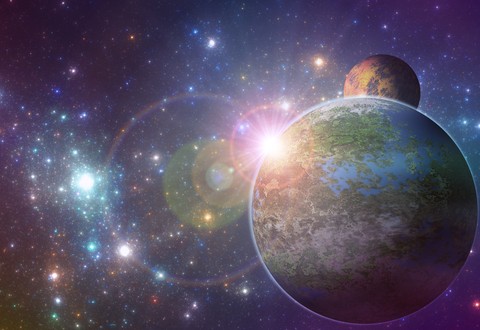This is absolutely fascinating. We only found exoplanets within the last couple decades so this is all new info for us humans 😉
The size of super-Earths, a mass between 2 to 20 Earth masses and 1 to 4 times Earth’s radii, means that they are on the borderline of becoming gas giants. Exactly why they don’t become worlds like Jupiter, though, is a bit of a mystery.
According to a paper in the Astrophysical Journal from researchers Eve Lee and Eugene Chiang at the University of California, Berkeley, the answer may lie in them forming later than expected. In their model, they found the planets are likely to form when the disk of dust and gas that surrounds a young star has lost most of its gas.
What do you think this will tell us in terms of understanding our galaxy?
And here is a related video on exoplanets that we hope you like! Check back for updates as they come in!
thanks to iflscience.com for the great info
thanks to aasnova for the great info
